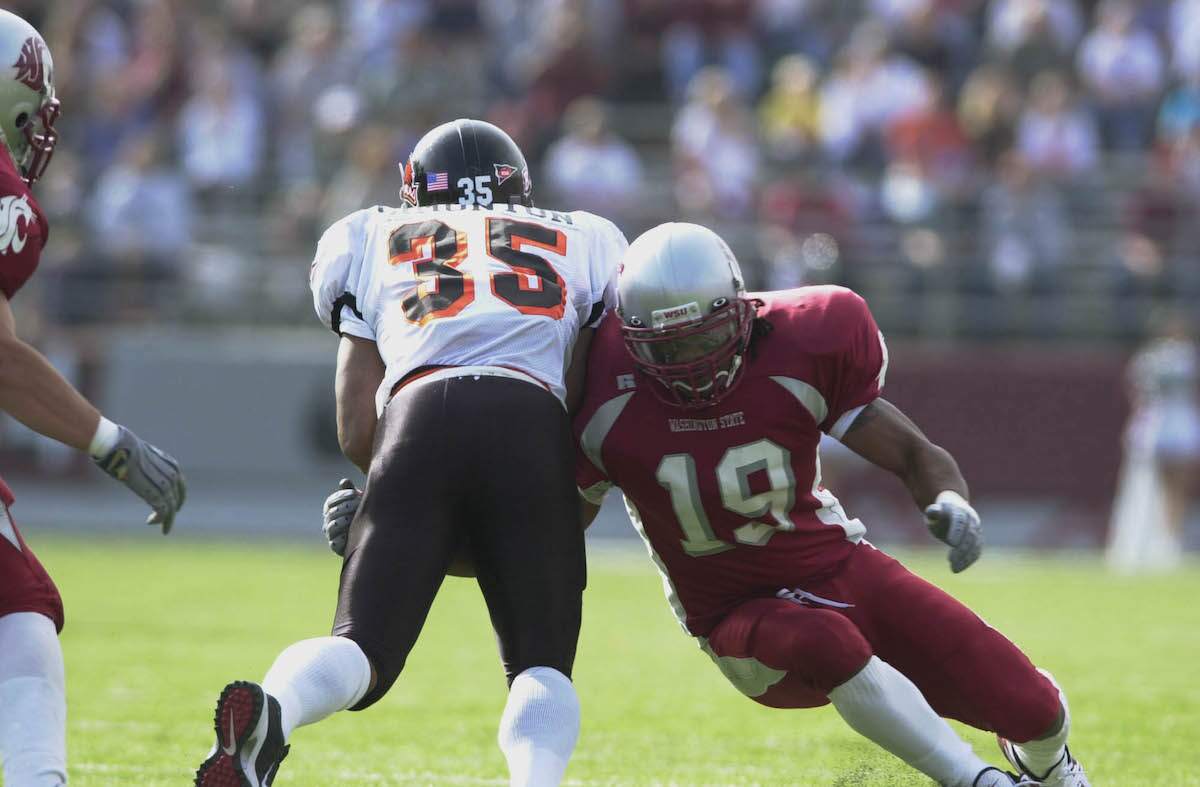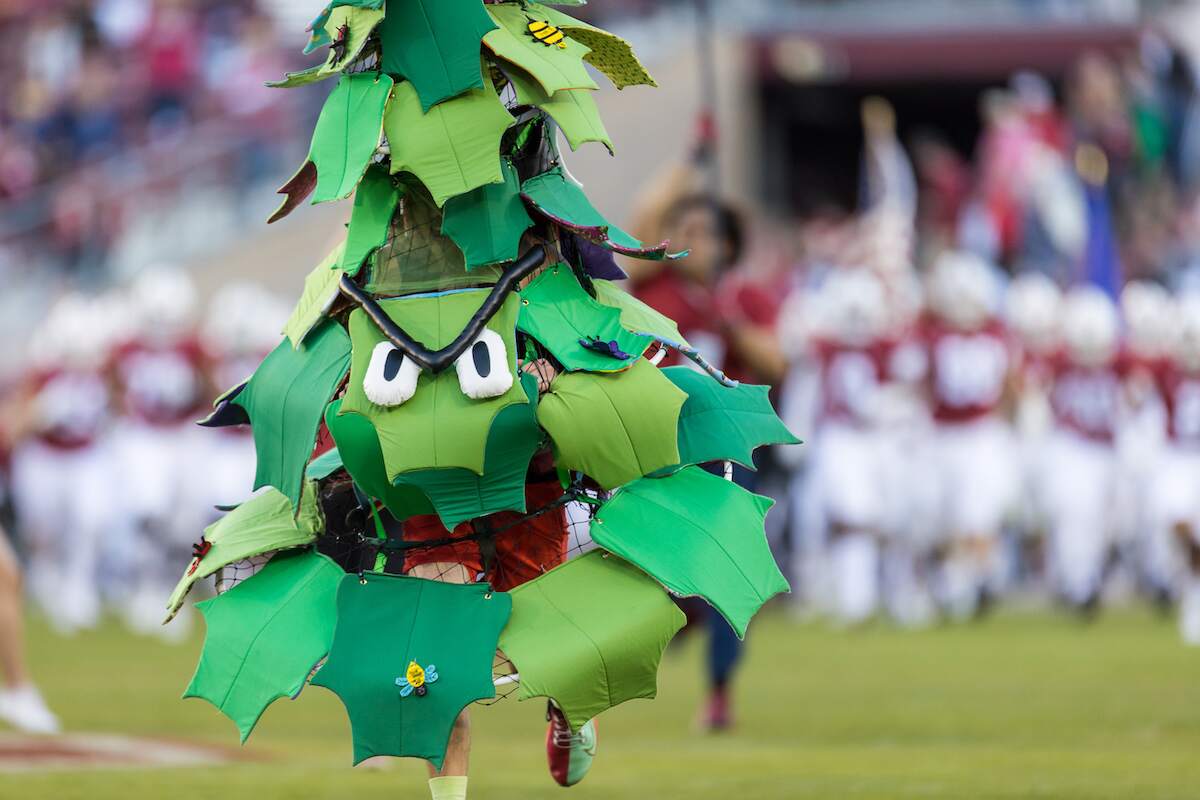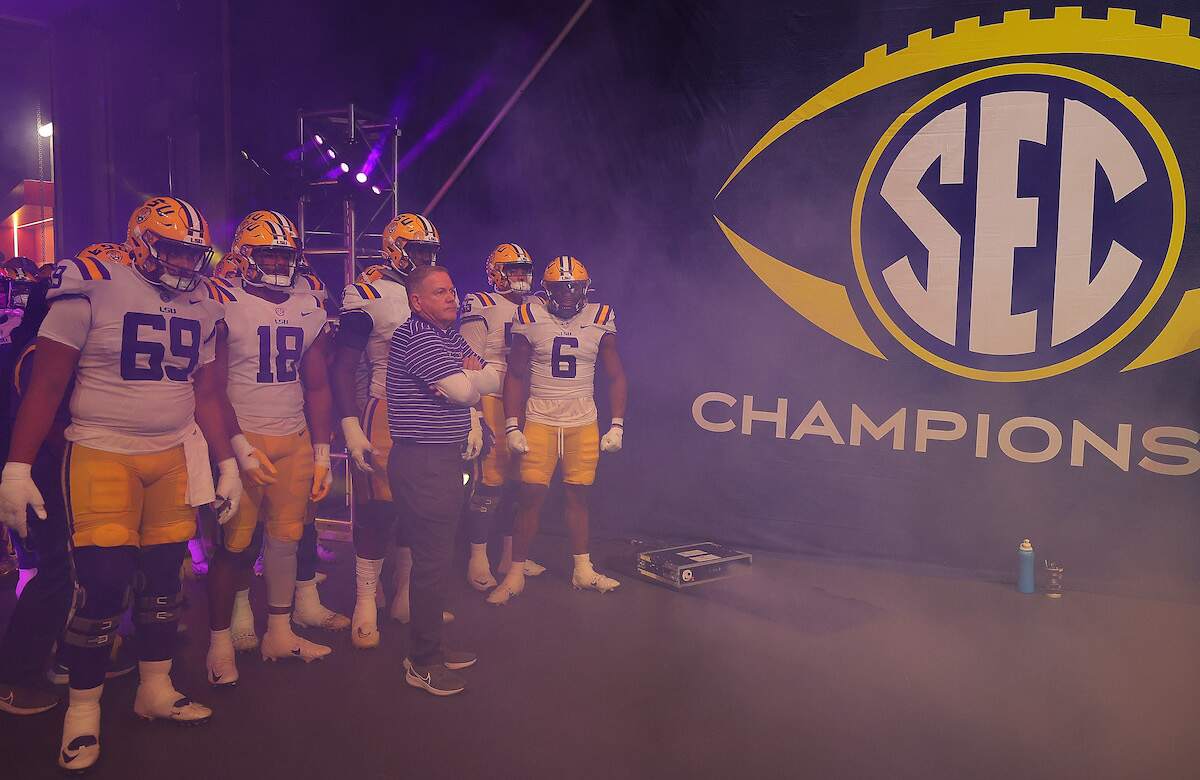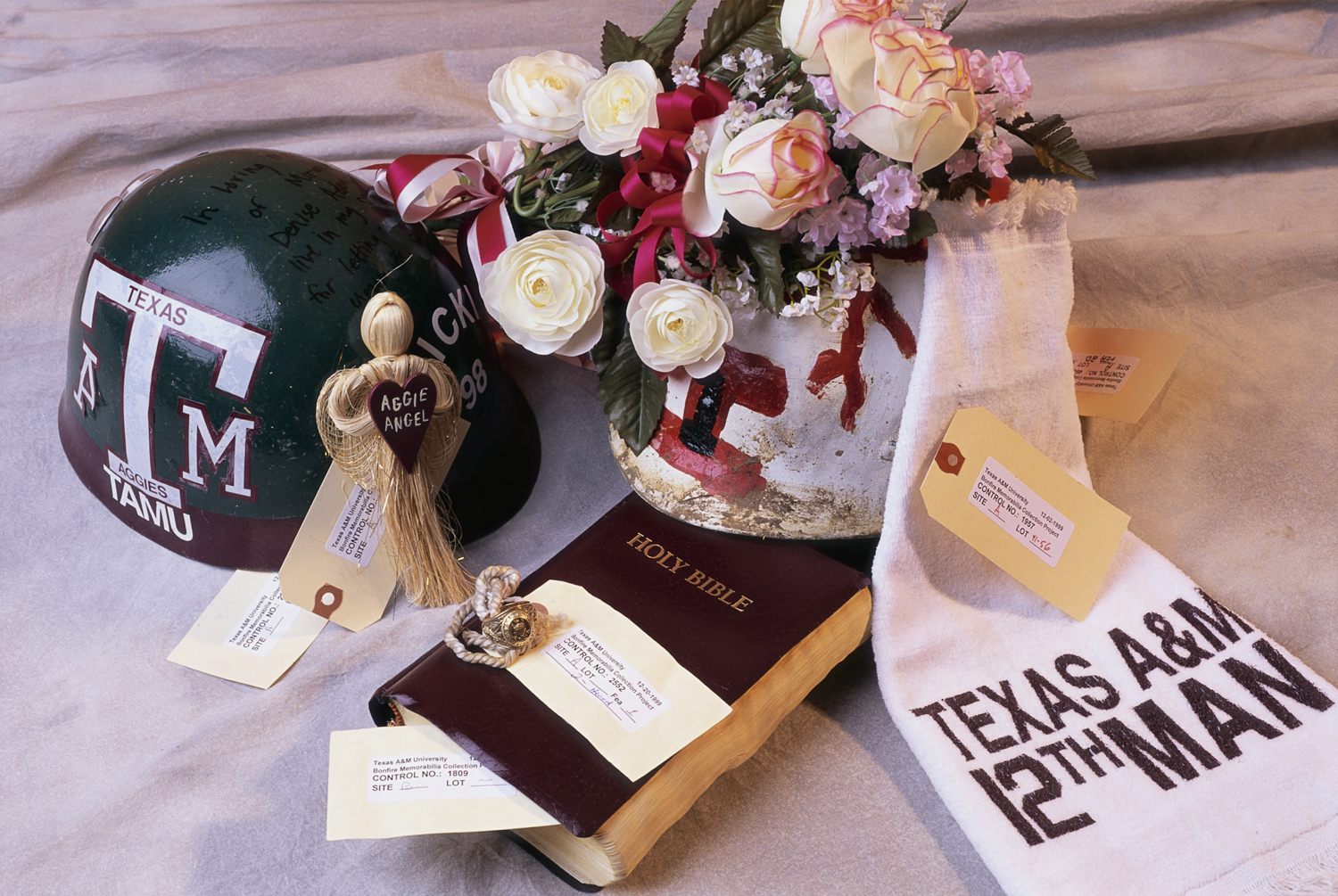
A Texas A&M Football Tradition Turned to Tragedy 1 Fateful Morning
Colleges and universities love their traditions. Annual rituals, frequently tied to football games or other athletic events, energize the campus and keep the graduates coming back to relive their younger days – and write checks to the alumni office. Horrifically, a nearly century-old tradition at Texas A&M led to the death of 12 people in the autumn of 1999.
Football spawned some well-known Texas A&M traditions
Texas A&M students refer to themselves as “The 12th Man” as part of a tradition that is nearly a century old. They remain standing throughout games, symbolic of their readiness to step onto the field at a moment’s notice to help the Aggies.
It began in 1922, when a former player was called out of the stands during a game when the A&M roster was depleted by injuries. Although E. King Gill did not participate in that game, he came to symbolize the student support for the Aggies. Jackie Sherrill, who would coach A&M to a 52-28-1 record in the 1980s, started a tradition of an all-walk-ons special-teams unit in the 12th Man tradition.
A second tradition closely associated with the College Station, Texas, school was a massive bonfire ahead of the Aggies’ rivalry game against the University of Texas. The first Aggie Bonfire was lit in 1909, and the annual event became school-sanctioned in 1936. Construction became more elaborate and sophisticated over the years, requiring weeks of work to stack the thousands of logs.
Tragedy strikes preparations for the 1999 Aggie Bonfire
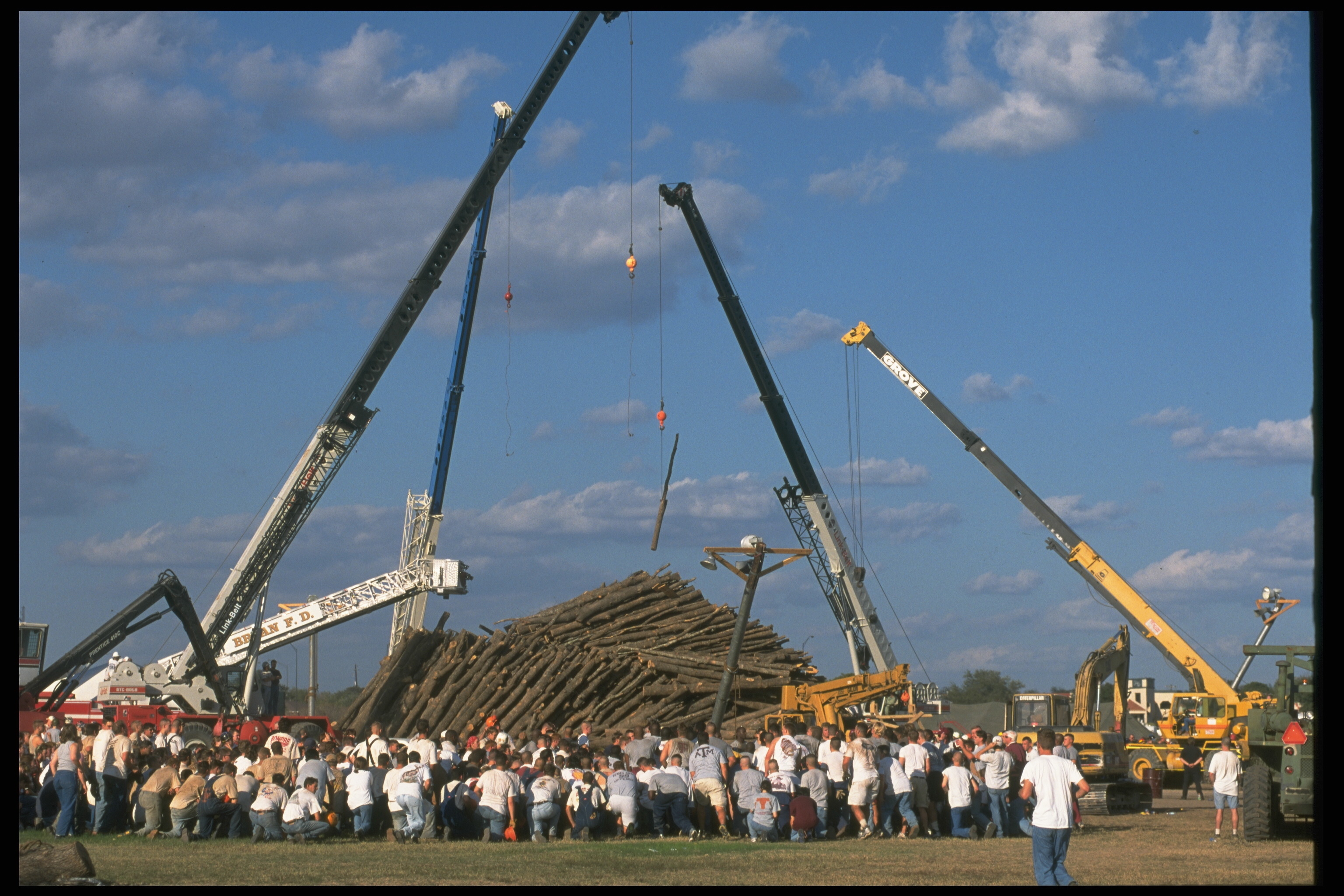
There were 58 people working on the construction of the Aggie Bonfire early on the morning of Nov. 18, 1999, when the 40- to 50-foot high stack of approximately 5,000 logs collapsed shortly after 2:30 a.m. Eleven workers were killed on the scene and 28 were injured; a 12th person died later from his injuries.
Fire equipment and ambulances were dispatched immediately, but first-responders were taken aback by the magnitude of the carnage. They called for additional support for a rescue and recovery mission that would take more than a day and involved 3,200 individuals.
Although heavy equipment was brought in from around the region, first-responders were faced with danger to themselves and to those they were trying to rescue because of unstable logs. Waves of helpers, including members of the football team, started moving debris by hand under the direction of engineers assessing the stability of the wreckage.
The aftermath of the 1999 Aggie Bonfire tragedy
A prayer service commenced while the rescue operation was still in progress, followed shortly by a memorial service that was attended by more than 16,000 people. On Nov. 25, the day the Aggie Bonfire would have been lit, 40,000 people gathered for a vigil at the site of the tragedy, 70 miles northwest of Houston.
The football game the following day between Texas A&M and the University of Texas was preceded by a flyover of F-16 jets, and the Aggies won the contest, 20-16.
A Texas A&M investigation cited several factors that contributed to the Aggie Bonfire tragedy, including insufficiently strong wire used to tie logs together. Additionally, a study determined that the complexity of the project called for the design and execution to be overseen by a professional engineer.
Multiple lawsuits were filed against the university and its officers in court battles that played out through April 2014. In the end, insurance companies and the university paid out an estimated $6.35 million.
Texas A&M put a moratorium on the bonfire tradition before ultimately deciding in 2002 that the practice would be discontinued. Students have since resumed conducting bonfires at off-campus locations.
